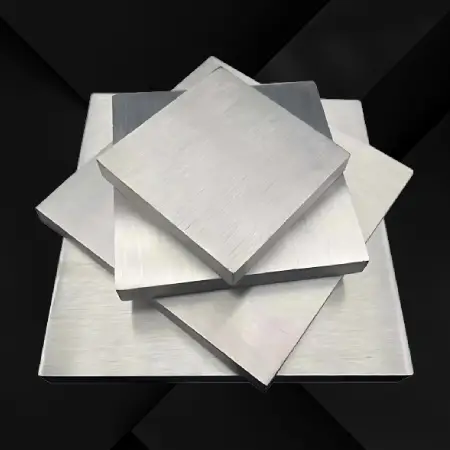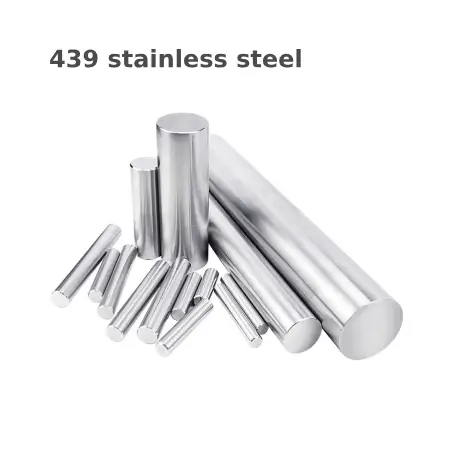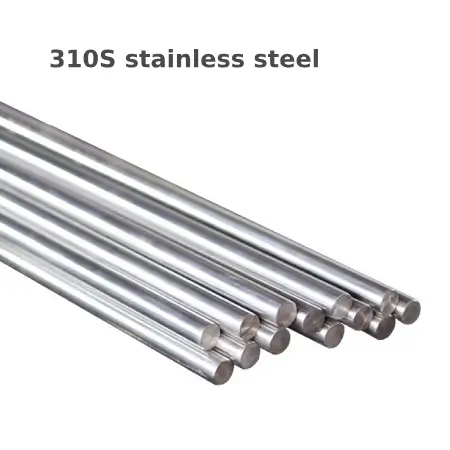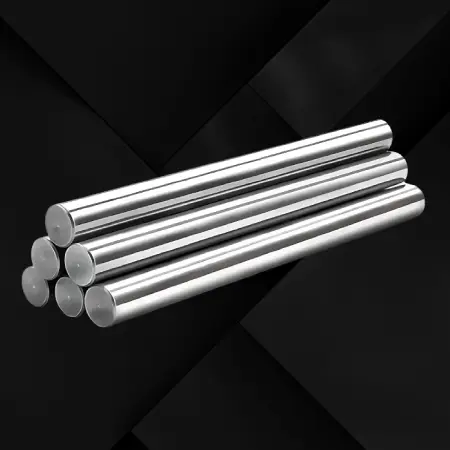Stainless steel tube, also known as stainless steel piping, is an engineered product that plays a vital role in the transfer and containment of various fluids and gases. It is known for its superior corrosion resistance, strength, and durability, making it an excellent choice for a wide array of applications.
Introduction to Stainless Steel Tube
Material Composition: Stainless steel tube is an alloy primarily composed of iron, chromium (a minimum of 10.5%), and other elements such as nickel, molybdenum, and niobium, which contribute to its corrosion resistance and other properties.
Types and Grades: There are several types of stainless steel tubes, categorized by their composition into Austenitic (e.g., 304. 316), Ferritic (e.g., 409. 430), Martensitic (e.g., 410. 422), and Duplex (e.g., 2205) for varying levels of strength, corrosion resistance, and applications.
Seamless and Welded: Stainless steel tubes can be manufactured either as seamless, which is produced by extrusion from a single billet, or welded (ERW - Electric Resistance Welded, LSAW - Longitudinal Submerged Arc Welded), where a strip of steel is rolled into a tube and welded along its length.
Applications: They are used extensively in industries such as oil and gas, chemical processing, food and beverage, medical, automotive, aerospace, construction, and papermaking for their hygienic and corrosive-resistant nature.
Sizes: Stainless steel tubes are available in various diameters and wall thicknesses to fit the specific demands of different applications.
Surface Finishes: Tubes can have different surface finishes including mill finish, bright polish, hairline, or mirror finish, affecting both appearance and application suitability.
Pressure Ratings: They are designed to meet specific pressure ratings based on their size, thickness, and material grade, allowing them to withstand varying levels of internal pressure.
Heat Treatment: Some stainless steel tubes undergo heat treatment processes to enhance their mechanical properties, such as solution annealing for stress relief or quenching and tempering for martensitic grades.
Joining: Stainless steel tubes can be joined using various techniques, including welding, flanging, or threading, to create secure and leak-proof connections.
Fabrication: Tubes can be easily cut, bent, or formed to shape, making them suitable for production of components with complex geometries.
Hygienic Properties: Stainless steel tubes are non-porous, easy to clean, and do not leach harmful substances, making them ideal for applications where fluid purity is crucial.
Certifications and Standards: Produced and inspected according to international standards such as ASTM, ASME, EN, JIS, and ISO, ensuring high quality, safety, and consistency.
Maintenance: Stainless steel tubes require minimal maintenance, often only needing to be cleaned periodically to keep the surface free from contaminants.
Environmentally Friendly: Stainless steel is fully recyclable and has a high recycled content, contributing to sustainability and reduced material waste.
Stainless steel tube is a high-performance material that offers a combination of durability, strength, and corrosion resistance. It is a preferred choice for applications where a sanitary and reliable fluid transport system is required, contributing to the efficiency and safety of various industries.






